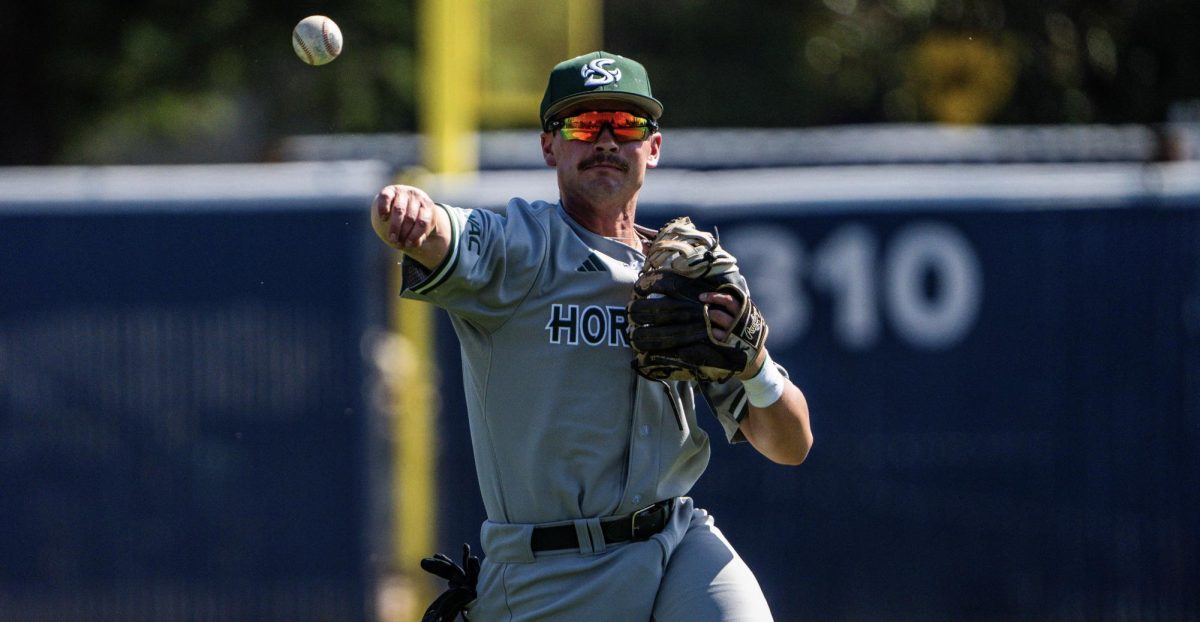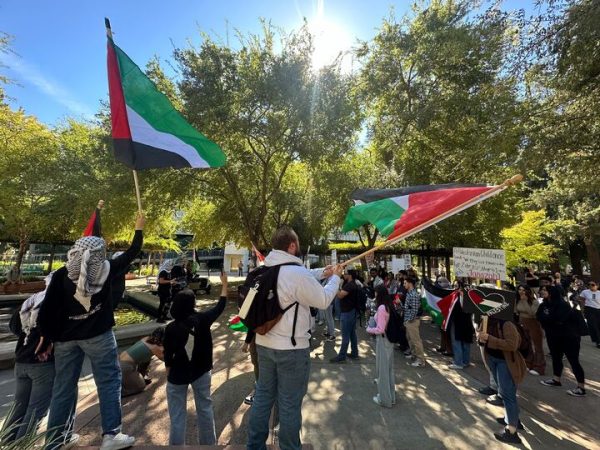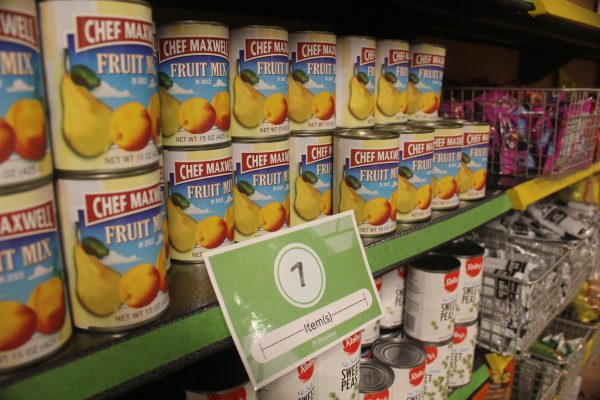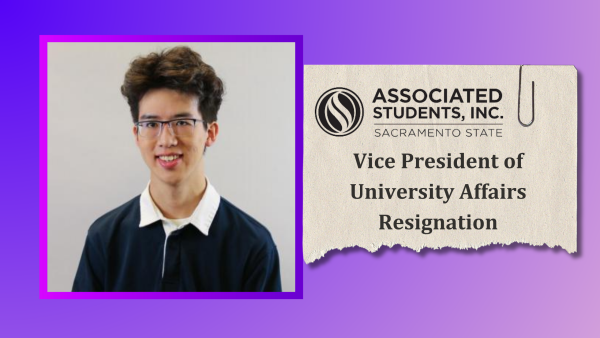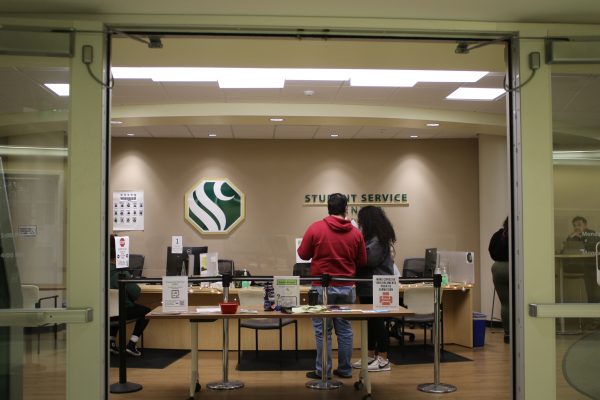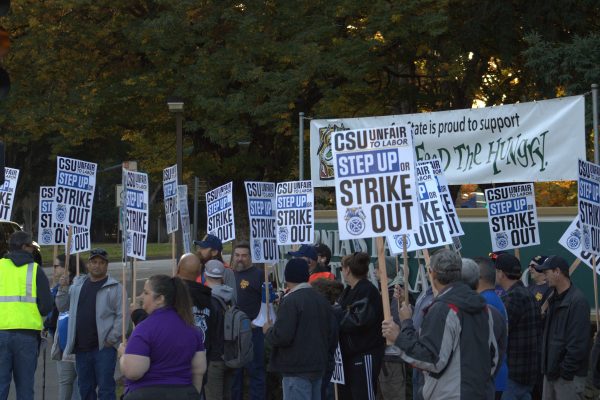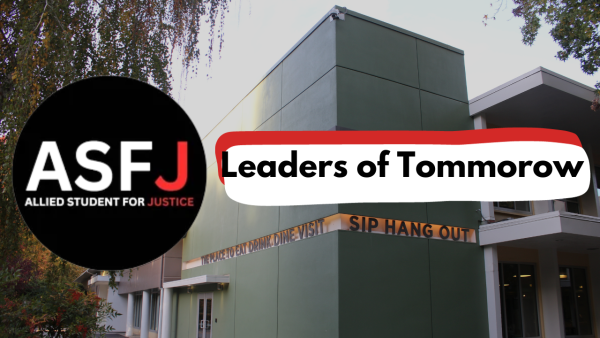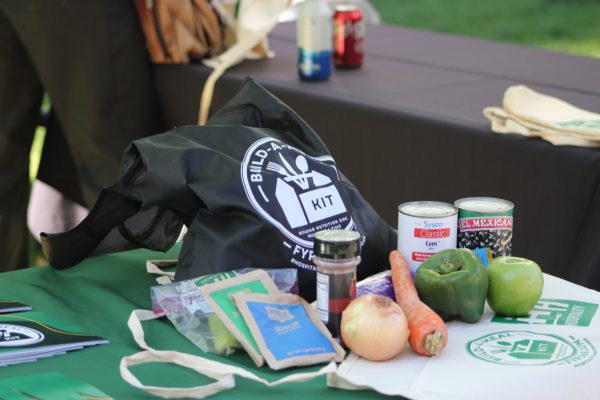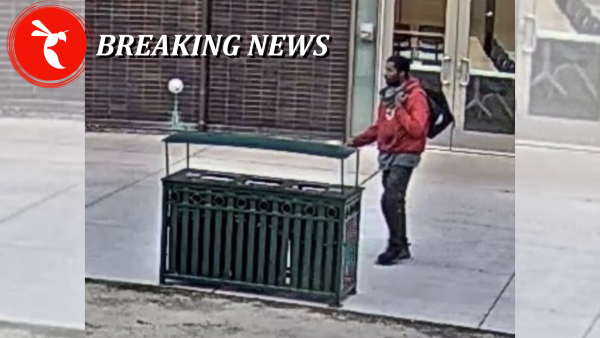Well satisfies both students and alumni according to survey
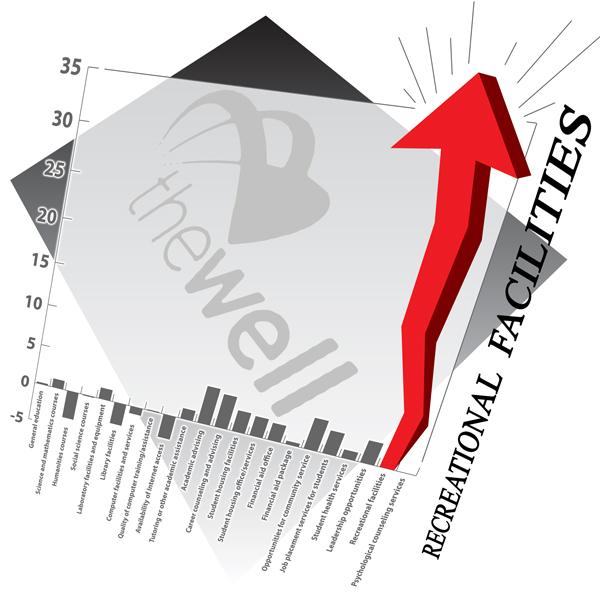
October 19, 2011
The Well has rapidly strengthened student satisfaction, according to a survey conducted last spring by the Office of Institutional Research’s Student Survey Report.
Student approval ratings of campus services, notably recreational facilities, has increased by more than 30 percent since 2009, according to the OIR’s report.
“We haven’t seen this kind of increase – this is remarkable,” said Jing Wang, OIR director. “Usually there’s a five percent change (in numbers), but we were wowed. It was off the charts.”
The OIR administered the survey and created the report using data from more than 1,000 student respondents. More than 500 students specifically mentioned the Well in individual comments, Wang said.
“We don’t want to write a report and put it on a shelf,” Wang said. “We appreciate the effort that students make to get their voice heard.”
The report states, with a high level of confidence, more than 75 percent of all graduating students would have responded similarly.
Prior to the Well, there were sports clubs and intramurals, but there was no place for the student population at large, said Mirjana Gavric, director of the Well.
“We didn’t have a recreation facility, so there has been nowhere for people to go,” Gavric said. “I hope students recognize and use it because they have a place to go now.”
Gavric, a Sac State alumna, earned her master’s degree in recreation studies. She said the “commuter campus” stamp was prevalent when she attended.
“I drove to campus, took my classes and went home,” Gavric said.
Sac State alumnus Miguel Molina, associate director of admissions, has been at Sac State since 1979 and said one of the university’s challenges is how to peel away the “commuter campus” label.
“No one has anything like what we have,” Molina said. “The Well is a one stop shop for students.”
The Well is a huge selling point to “very impressed” incoming freshman and their families, Molina said. Visitors have heard about recreational facilities at other universities, he said, but they were not aware of Sac State’s.
“I think we’re doing a better job of familiarizing newbies with our services,” Molina said.
University Union Executive Director Leslie Davis oversees operations of the Well and said it has changed campus life.
“People stay on campus to work out or participate in intramurals and sports clubs,” Davis said. “We used to see students around campus in pajamas and jeans. Now you see more in workout clothes.”
There are 18,630 active student members registered at the Well this semester, said Jessica Roesemann, the Well’s Member Services director. This constitutes 65 percent of enrolled students, whose health fees cover membership costs for the Well.
“I hear that campus is abuzz on Friday, and it never was before or people are on campus at night,” Roesemann said.
Membership includes access to the entire facility, locker rooms, equipment and free fitness orientations. Fitness classes and personal training are additional costs, but based upon student feedback some services are now paired with membership, Roesemann said.
“A lot of alumni are calling and asking for membership, so we now allow Alumni Association members,” Roesemann said.
Pre-paid alumni pay $16 a month because of contributions made in student fees while enrolled from spring 2006 through fall 2010.
The Well is working on developing an affiliate program that will permit up to 1,000 alumni to take out a membership, Davis said.
The limit allows for revolving student enrollment, Davis said. She also said Sac State still needs more fitness and gym space.
“If enrollment grew at the projected rate from 2004, we would not have a facility large enough to accommodate the students,” Davis said. “Fitness space is tight right now at crunch times.”
Roesseman and Gavric both said 100 percent registration of students is their goal in the next couple years with more faculty and alumni efforts to follow. Family time may eventually be offered on Saturdays, Gavric said.
With new programs developing quickly, Roesemann said, participation levels will rise and from there improvements can be made.
Roesemann said there is something for everyone, whether its yoga, zumba, or high-cardio classes. ‘Weight Warriors’ had a huge amount of participation, she said.
“I am a participant of group fitness and go to boot camp three days a week and it’s packed,” Roesemann said.
Other popular programs are the indoor soccer league, she said, while flag football just ended and basketball will soon follow.
“Affiliate” membership costs $29 a month and includes faculty, staff and emeriti with options available.
Faculty and staff have an incentive to join with an “Express” membership for $15 a month, but must use the facility Monday through Friday between 6 and 8 a.m. ,or between 11 a.m. and 1 p.m., Roesemann said.
“Everyone’s first question is ‘Where’s the pool?’ Roesemann said, “Personally, I would love to see an expansive aquatic complex. In addition to a pool, it would have a lap pool and a lazy river.”
The Well operates the pool at Yosemite Hall and provides lifeguards, but “something attached to the Well would be wonderful,” Roesemann said.
Due to lack of funding, different ideas from an aquatic complex and bowling alley to a movie theater and event center for spectator sports were not included in the final design, Davis said.
“It was better to get phase one of the facility built then begin to look at what this campus desires next,” Davis said.
Davis said the original concept for a recreation center was generated by students and former ASI president Gary Davis in 1998-99, but failed in referendum.
Three years later, then-ASI executive vice president Peter Ucovich brought forward the idea of a recreation center again, Davis said.
“Students embraced the concept,” Davis said. “Then President (Alexander) Gonzalez arrived in 2003 and immediately got involved in supporting the project and made it a priority on campus.”
Gonzalez then integrated the concept into his “Destination 2010” plan, Davis said.
It went to referendum in 2004 and students had the vision to vote for a tax to build the facility, Davis said, in the largest voter turnout ever. The facility proposal passed with 55 percent.
Students, Facilities Services and Gonzalez were involved with creating the Well every step along the way, Davis said.
Amenities at sites including San Diego State University, UC Davis, the University of Arizona and Sonoma State University were toured for ideas, Davis said.
Davis provided overall coordination of student’s wishes while balancing priorities with financing, she said.
Opened in 2010, the total development cost of the Well stands at $52 million for construction and current operating costs are approximately $4.2 million, Davis said. The facility does generate revenue that is reinvested into the program.
“Every dollar that we can generate saves us from having to ask the students for an increase in the student fees,” Davis said.
The economy plays a large part in future plans, Davis said, and she is hoping for expansion in the next five to 10 years.
“At a year, it’s like new tires on a car – we’re just getting used to them,” Davis said.
The Well kept Davis up at night, she said, especially during its development and construction. Nowadays, she uses it for personal training and working out several times a week.
“It was a project that students had the desire to have on campus,” Davis said. “A project of this magnitude was a learning experience, from soliciting student feedback and executing their vision to keeping the entire campus involved in project development.”
The Well’s facilities contribute to student recruitment, retention and pride in Sac State, Davis said, and set a resonant tone for healthy student living.
“There is much more pride in Sac State and what we have been able to deliver to the campus community,” Davis said.
Davis said she believes there is a strong collaborative model with the partners in the facility including Recreation, Student Health Services, Counseling and Psychological Services and Peak Adventures.
“We have not been able to find another organization in the country that collaborates the way we do,” Davis said. “Most others just share the four walls.”
Poul Larsen can be reached at [email protected]








































